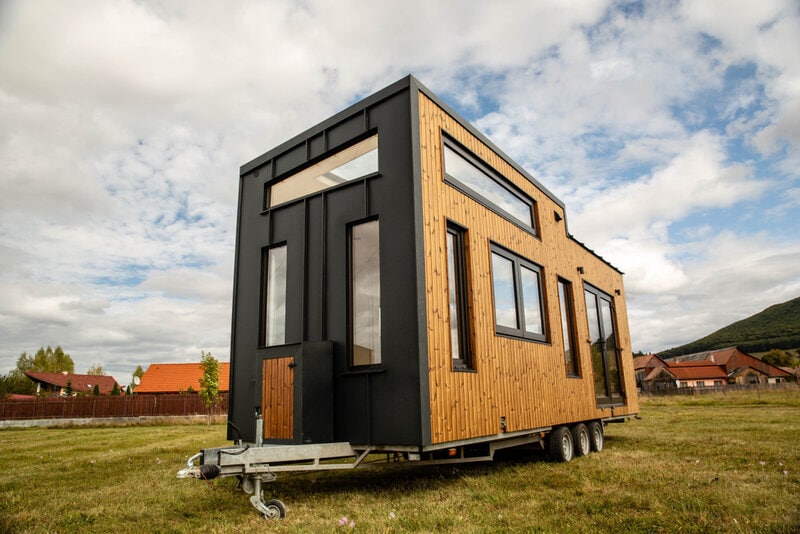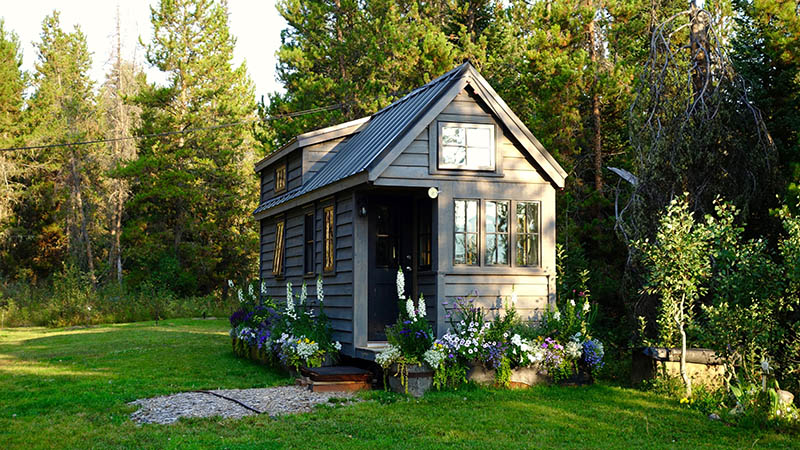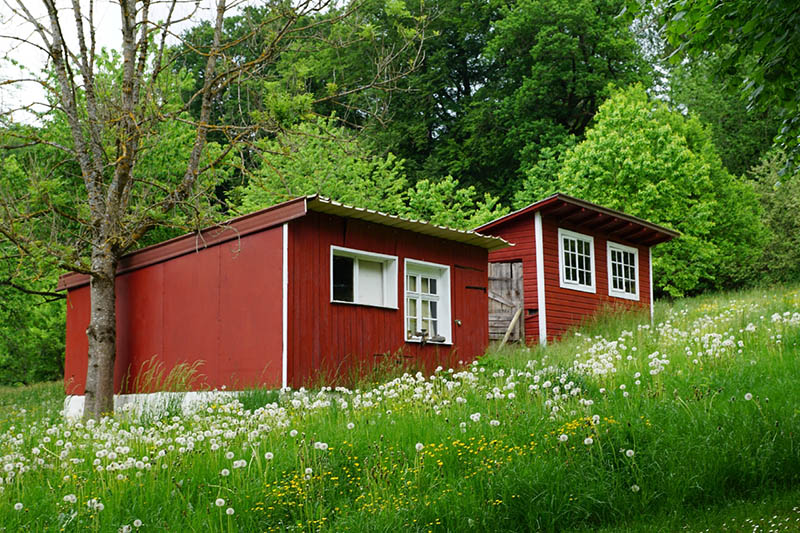9 Tiny Home Trends Statistics in Canada: 2025 Update
-
Ed Malaker
- Last updated:

Note: This article’s statistics come from third-party sources and do not represent the opinions of this website.
Tiny homes are becoming increasingly popular as building costs rise and more people are worried about their environmental footprint. Tiny houses are easier to heat and cool, but are they really as good as a traditional home? Keep reading as we list several facts and statistics to help you make an informed purchase.
Click below to jump ahead:
The 9 Canadian Tiny Home Statistics
- Canadian interest in tiny homes is increasing considerably.
- Cottages are currently the most popular housing trend in Canada.
- Rising interest rates are affecting Canada’s housing market.
- Tiny houses are illegal in much of Canada.
- Building a tiny home in Canada costs about the same as in the United States.
- Canadians are using loopholes to obtain tiny homes.
- The average size of a tiny home is 225 square feet.
- There are roughly 10,000 tiny homes in the United States.
- More than half of Americans are willing to consider living in a tiny home.

 Canadian Tiny Home Trends
Canadian Tiny Home Trends
1. Canadian interest in tiny homes is increasing considerably.
(Narcity)
Canada has seen a huge increase in people searching for tiny homes online. For example, Nova Scotia saw a 733% increase in the number of people that searched the term, “tiny homes for sale,” while New Brunswick saw a 467% increase.

2. Cottages are currently the most popular housing trend in Canada.
(Narcity)
While Canada is seeing tiny homes become more popular, especially in the eastern part of the country, cottages are the most sought-after type of home across Canada, with searches for cottages for sale up 200%. In comparison, apartments saw only a 14% increase.
3. Rising interest rates are affecting Canada’s housing market.
(WOWA)
Rising interest rates, likely due to the COVID-19 pandemic, are affecting the housing market, with the average home value falling by as much as 21% over peak months.

Canadian Tiny Home Facts
4. Tiny houses are illegal in much of Canada.
(Getonedesk)
Canada has strict building codes that architects must follow when building a home, which renders most tiny homes illegal. Quebec is currently the only part of Canada open to building tiny houses.
5. Building a tiny home in Canada costs about the same as in the United States.
(Getonedesk)
Reports show that the cost of building a home in Canada is roughly the same as in the United States, with an average cost of $25,000.

6. Canadians are using loopholes to obtain tiny homes.
(Getonedesk)
Since the building codes in most of Canada are too strict to build a tiny home, many people resort to loopholes to get one another way. For instance, some people classify it as a garden shed instead, which helps them get around the law.
American Tiny Home Facts
7. The average size of a tiny home is 225 square feet.
(Ruby Home)
The average size of a tiny home in the United States is about 225 feet, or eight times smaller than a traditional home.

8. There are roughly 10,000 tiny homes in the United States.
(Ruby Home)
Although it can be difficult to determine the exact number of tiny homes in the United States for various reasons, most experts believe that there are currently about 10,000.
9. More than half of Americans are willing to consider living in a tiny home.
(Ruby Home)
Since they are much more affordable to purchase, heat, and cool, approximately 56% of Americans surveyed said that they would live in a tiny home, and only 24% said that they wouldn’t.

Frequently Asked Questions
What is a tiny home?
There is no specific definition of a tiny home, but it’s usually a residence with less than 600 square feet of space, with the average size being around 225 square feet.
What are the advantages of living in a tiny home?

One of the biggest advantages of purchasing a tiny home is that it is much less expensive than a traditional home. It’s also easier to heat in the winter and cool in the summer, making it easier to afford and better for the environment. The smaller space is also easier to keep clean, and it prevents you from collecting useless junk that would just take up space in a traditional home. Another advantage to a tiny home is that you can often move it to a new location if needed.
What are the disadvantages of a tiny home?
The biggest disadvantage of owning a tiny home is that it can be difficult to find a suitable location to put it. They are so new that many local laws and building codes haven’t had a chance to get caught up. Tiny homes are also usually not suitable for raising a large family.
Conclusion
While Canadians are becoming more and more curious about tiny homes, the cottage is still the most popular trend, likely due to the tough building code restrictions in place across much of the country. While some people are using loopholes to obtain their dream tiny home, a change in the law is likely required to see more people willing to trade in their traditional homes for tiny ones.
See Also:
Featured Image Credit By: inrainbows, Shutterstock
Contents

 Canadian Tiny Home Trends
Canadian Tiny Home Trends